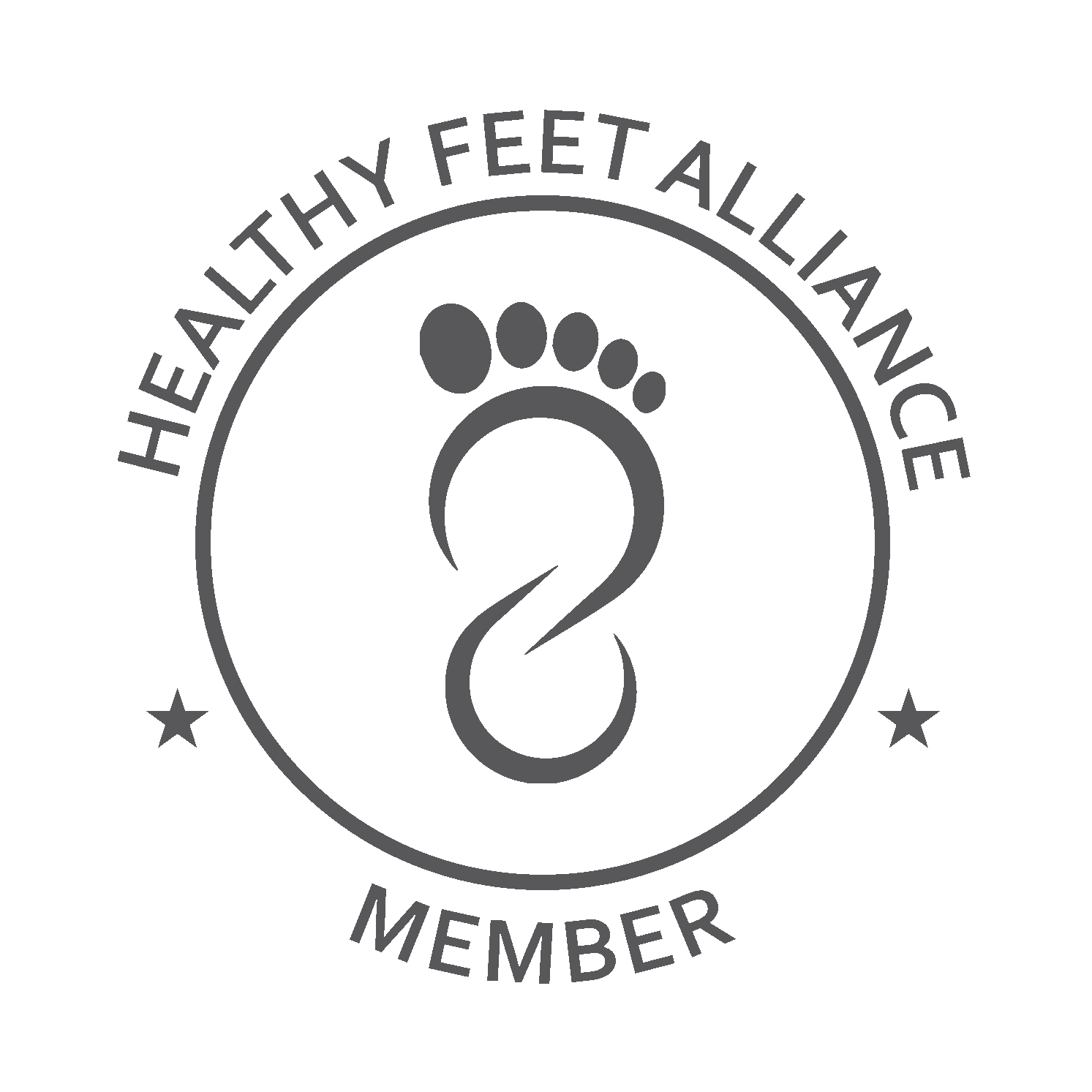Osteoporosis derives from the Greek words literally meaning “porous bone”, which is a bit odd since our bones are already porous. The outer surface of a bone, called cortical bone, is a dense shell that provides much of the strength to our skeleton, but there is an inner reinforced bony structure that is porous called cancellous bone.
Bone remodeling occurs in a fairly organized way in that they respond to the directional forces that we physically apply to our skeletal system. So, that is why certain factors such as exercise and activity are so very important to build up strong bones by the time they reach their peak density in the mid to late twenties, but it also keeps the bone remodeling process active for longer, and you lose bone mass much more slowly over time.
So, if you change up the way you walk, your bones will change over time so that they can provide strength in the areas of the bone that need reinforcing to manage those stresses and forces. Other areas that are not stressed as much get less attention and bone growth slows down there.




